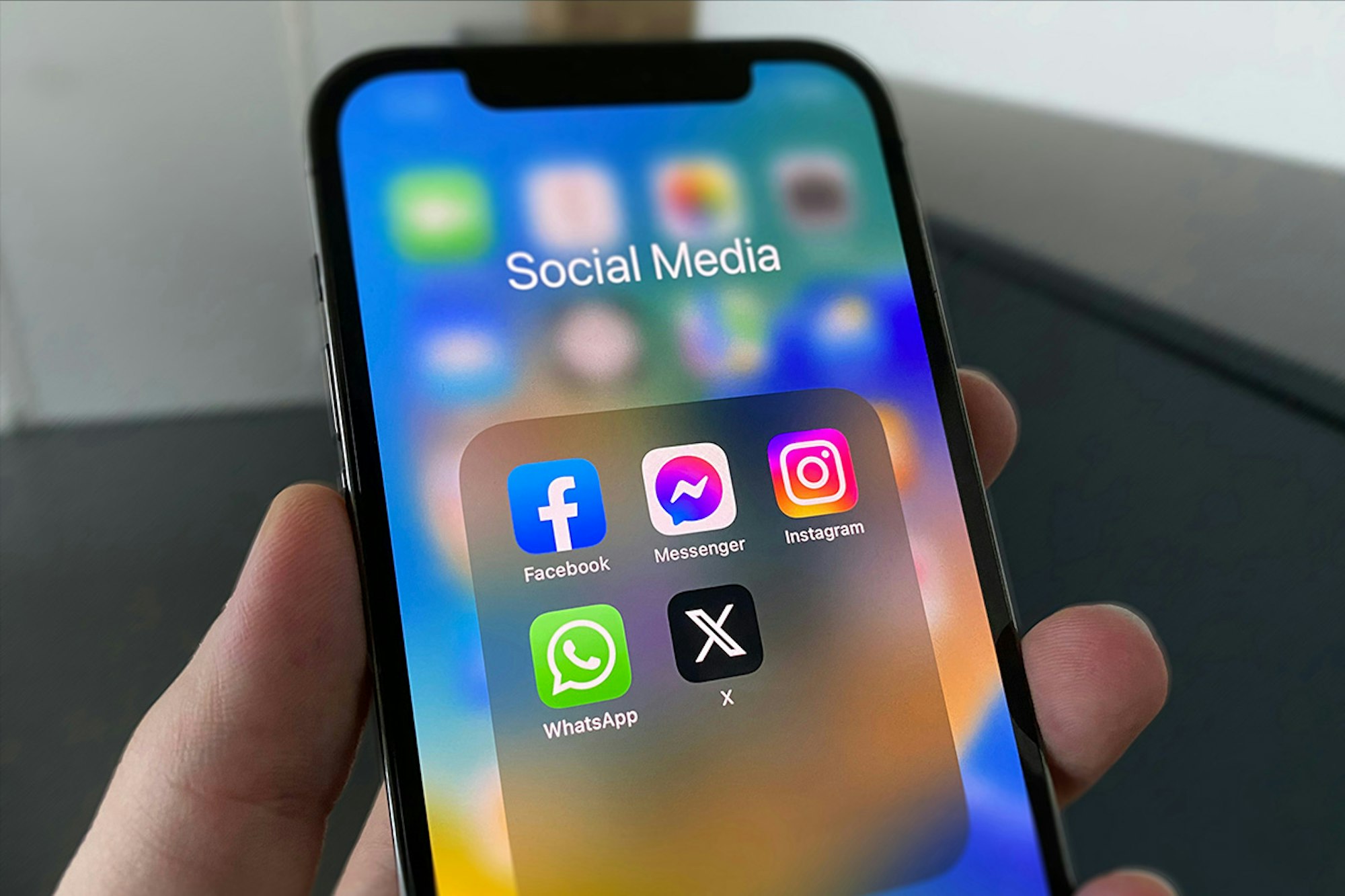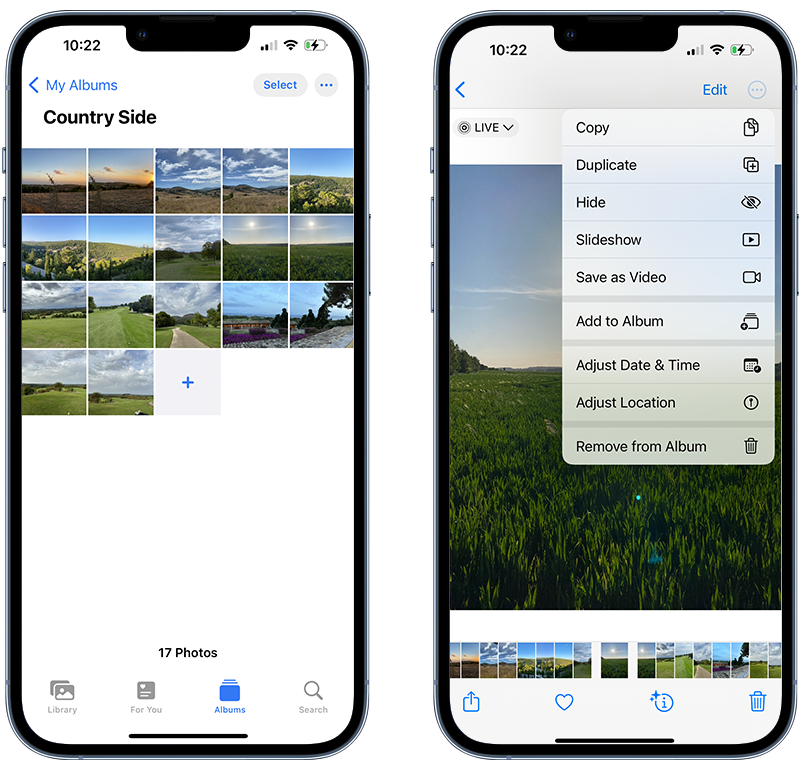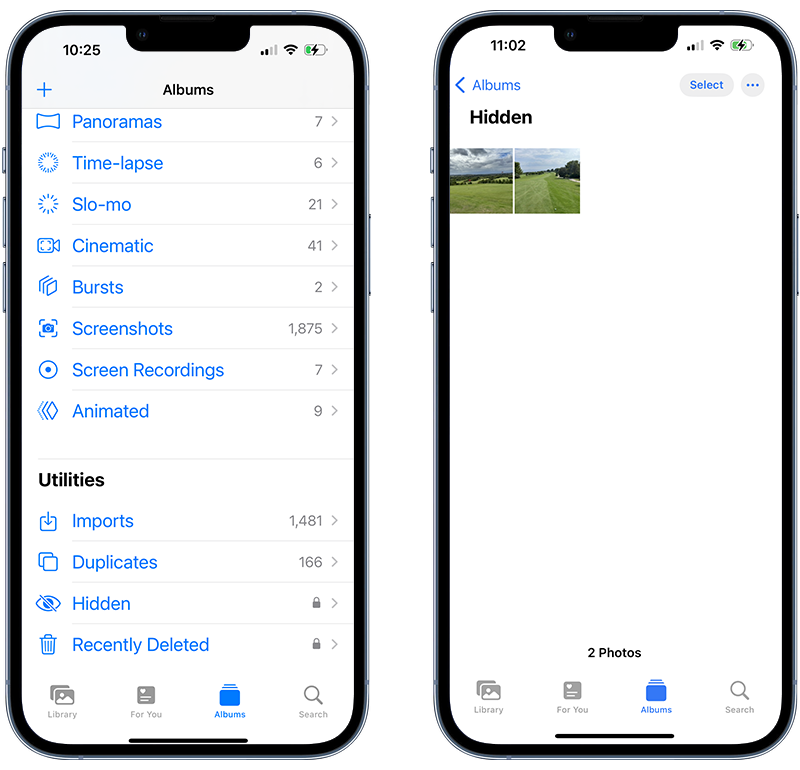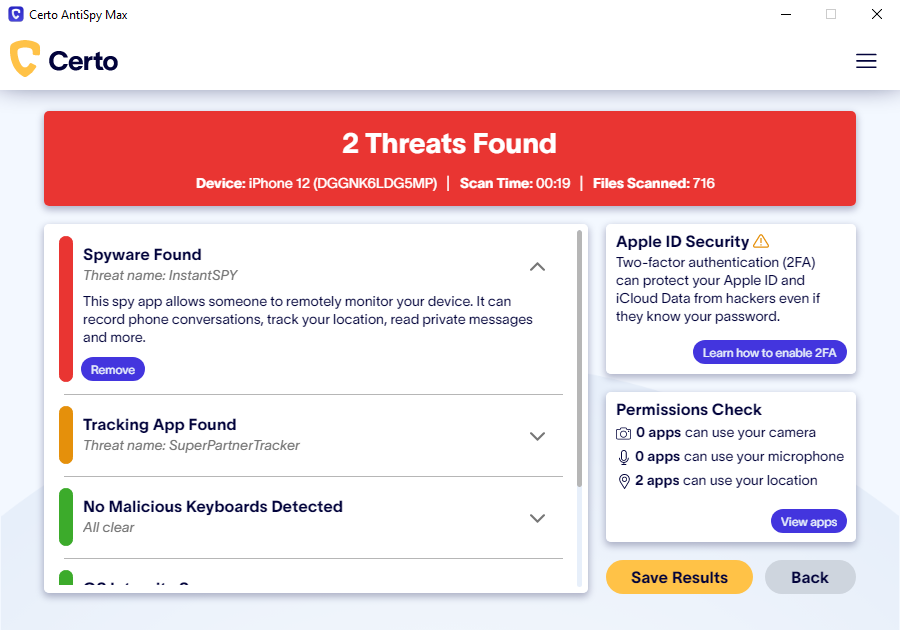How To Lock A Folder On An iPhone

Published:

Safeguarding data on your iPhone, including personal photos, videos, passwords, and banking information, is likely a top priority for you.
You never know when someone might try to get their hands on your iPhone. If they do, they may be able to access your folders with sensitive information.
You may also share your phone with family members or children, and you don’t want them to have access to everything on your phone.
For these reasons, you may want to lock or password-protect folders on your iPhone.
In this article, we will discuss what you can do to protect the data on your iPhone and ensure it’s for your eyes only.
Your privacy matters
Secure your iPhone from hackers the easy way with the award-winning Certo Mobile Security. Download now for free.
Can a Folder Be Locked on an iPhone?
Unfortunately, it’s not possible to lock a folder on your iPhone home screen or Files app because Apple doesn’t offer a built-in feature for folder locking.
They likely don’t include this feature on their devices because, in their opinion, Face ID and your device passcode are enough to protect the data on your iPhone.
Technically, no one can get past your lock screen if you have these features in place.
However, we understand that there are instances where you’d want certain folders to remain private, like when you’re sharing your device with family members.
👍🏼 The good news: There are ways to restrict access to data on your iPhone by locking certain content.
How Can I Secure My Private Files?
There are some ways you can protect your photos, videos, and other files on your iPhone despite not being able to lock your folders.
🔒 Hide photos in the Hidden Album
You can control who sees your sensitive photos and videos using the Hidden Album feature on your iPhone. When content is moved to this album, it won’t appear in your Library, other albums, or the Photos widget on your home screen.
If you have iOS 16 or later installed on your iPhone, your Hidden Album will automatically be locked and will require either Face ID, Touch ID, or a passcode to be accessed.
Additionally, if you use iCloud Photos, any content you choose to hide will also be concealed on your other connected devices.
To hide private photos on your iPhone, follow these steps:
- Open the Photos app.
- Select the photo or video you want to hide. You can choose multiple files if you want to.
- Tap the More button (three dots) and then choose Hide.
- Confirm that you want to hide the content.

Fig 1: Hiding a photo on iPhone.
To access the Hidden Album:
- Open the Photos app.
- Tap the Albums tab.
- Scroll down to Hidden under “Utilities”.
- Use Face ID or your passcode to unlock the album.

Fig 2: Accessing the Hidden Album on iPhone.
🔒 Lock Notes with a password
Another way to hide your information is through the Notes app. The app allows you to lock your notes with a password. You can also add files to the Notes app and then lock them.
You can choose to either lock your Notes with a custom password, or you can use your device’s existing passcode or FaceID. To access locked notes, someone would need to enter this information.
We recommend using a custom password to secure your notes. Here’s how to do it:
- Open the Notes app.
- Tap the note you wish to password protect.
- Tap the More button (three dots) and then choose Lock.
- Choose Create Password under “Create a Separate Password”.
- Follow the instructions to set your custom password.

Fig 3. Locking Notes with a password.
🔒 Use third-party apps
There are several third-party apps you can download from the Apple App Store to lock content on your iPhone. Some good options include:
These solutions allow you to lock specific images, documents, contacts, and audio recordings with a password. This means that no one can open the locked file unless they enter your code.
🔒 Exclude app data and folders from Spotlight Search
Spotlight Search is a useful iPhone feature that allows you to find content on your device easily. However, to prevent your data from appearing in a search, you’ll need to exclude it.
To do this:
- Open Settings.
- Tap Siri & Search.
- Select the apps you don’t want to see in Spotlight Search, such as the Files app.
- Turn off Show Content in Search for the selected app.
🔒 Set passwords on PDFs and other documents
Another way to ensure no one accesses your sensitive documents on your device is to lock them with a password.
To do this, open the document in the Pages, Numbers, or Keynote app. Then:
- In Pages: Tap Document Options > Set Password.
- In Numbers: Tap Set Password.
- In Keynote: Tap Presentation Options > Set Password.
In each app, you can choose a custom password to open the document. You’ll need to verify the password, and you’ll have the option to include a hint.
You can also enable Open with Face ID/Touch ID. Once you’ve created your password, tap Done.
Now, whenever someone attempts to open the document, they will be asked for a password.
🔒 Use Google Drive and lock the app
By storing your photos, videos, and documents on Google Drive, you can lock them away safely.
Once you’ve uploaded your content to Google Drive, you can lock the app on your iPhone.
Items locked in your Google Drive won’t appear in the Photos grid, memories, searches, albums, or other apps.
Follow these steps to do this:
- Set up Google Drive or Google Photos on your iPhone.
- Open the Files app and locate the content you want to hide.
- Touch and hold the file and tap Share.
- Select Drive from the list.
- Tap Upload.
Now that your content is on Google Drive, you can lock it with Face ID by following these steps:
- Go to the Google Drive app.
- Tap the Menu icon.
- Go to Settings.
- Tap Privacy Screen.
- Enable Privacy Screen.
🔒 Use the Screen Time app
You can use the App Limits feature on your iPhone’s Screen Time app if you want to make sure certain apps can’t be accessed.
To do this, follow these steps:
- Open Settings.
- Select Screen Time.
- Select App Limits.
- Tap Add Limit.
- Tap on the app you want to restrict access to.
- Tap Next.
- Use the slider to select 1 minute.
- Tap Add.
- Toggle on Block at End of Limit (You’ll only see this option if you have set a Screen Time Passcode).
You’ll need to go through these steps again for each app you want to lock.
If anyone opens the app you’ve locked with Screen Time, they’ll be notified that they’ve run out of time.
The app allows usage for one minute before requesting a Screen Time passcode, and without the passcode, it becomes unusable.

Fig 4: App blocked when Screen Time limited reached.
How to Prevent a Hacker from Seeing Your Folders
Using the steps above, you can prevent friends, family, and other prying eyes from seeing your sensitive data.
However, if a hacker gains access to your phone and installs spyware, they’ll see everything—your photos, videos, files, documents, text messages, and even your login password for your banking app.
If you want to ensure that you’re protected against hackers, you need a security app like Certo AntiSpy. This performs a deep malware scan on your iPhone to identify suspicious apps or files potentially used by hackers.
Here’s how to stop hackers in their tracks with Certo AntiSpy:
- Download Certo AntiSpy to your computer.
- Plug in your phone and click Scan.
- Click Remove next to any identified threats.

Fig 5. Finding and removing spyware from an iPhone with Certo AntiSpy.